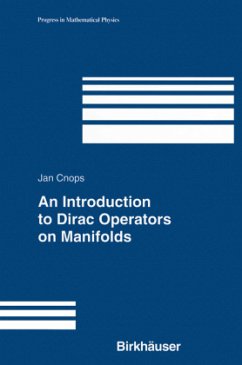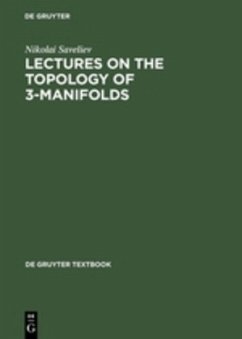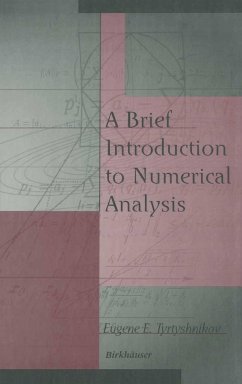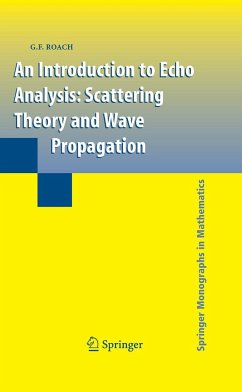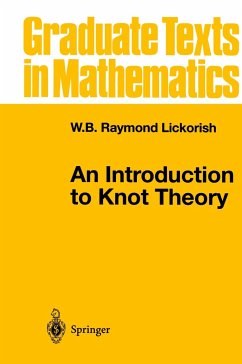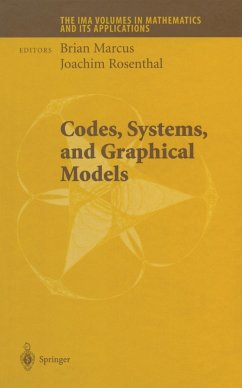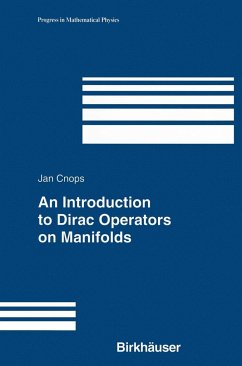
An Introduction to Dirac Operators on Manifolds
Versandkostenfrei!
Versandfertig in über 4 Wochen
92,99 €
inkl. MwSt.
Weitere Ausgaben:

PAYBACK Punkte
46 °P sammeln!
The chapters on Clifford algebra and differential geometry can be used as an introduction to the topics, and are suitable for senior undergraduates and graduates. The other chapters are also accessible at this level.; This self-contained book requires very little previous knowledge of the domains covered, although the reader will benefit from knowledge of complex analysis, which gives the basic example of a Dirac operator.; The more advanced reader will appreciate the fresh approach to the theory, as well as the new results on boundary value theory.; Concise, but self-contained text at the introductory grad level. Systematic exposition.; Clusters well with other Birkhäuser titles in mathematical physics.; Appendix. General Manifolds * List of Symbols * Bibliography * Index
Dirac operators play an important role in several domains of mathematics and physics, for example: index theory, elliptic pseudodifferential operators, electromagnetism, particle physics, and the representation theory of Lie groups. In this essentially self-contained work, the basic ideas underlying the concept of Dirac operators are explored. Starting with Clifford algebras and the fundamentals of differential geometry, the text focuses on two main properties, namely, conformal invariance, which determines the local behavior of the operator, and the unique continuation property dominating its global behavior. Spin groups and spinor bundles are covered, as well as the relations with their classical counterparts, orthogonal groups and Clifford bundles. The chapters on Clifford algebras and the fundamentals of differential geometry can be used as an introduction to the above topics, and are suitable for senior undergraduate and graduate students. The other chapters are also accessible at this level so that this text requires very little previous knowledge of the domains covered. The reader will benefit, however, from some knowledge of complex analysis, which gives the simplest example of a Dirac operator. More advanced readers - mathematical physicists, physicists and mathematicians from diverse areas - will appreciate the fresh approach to the theory as well as the new results on boundary value theory.




